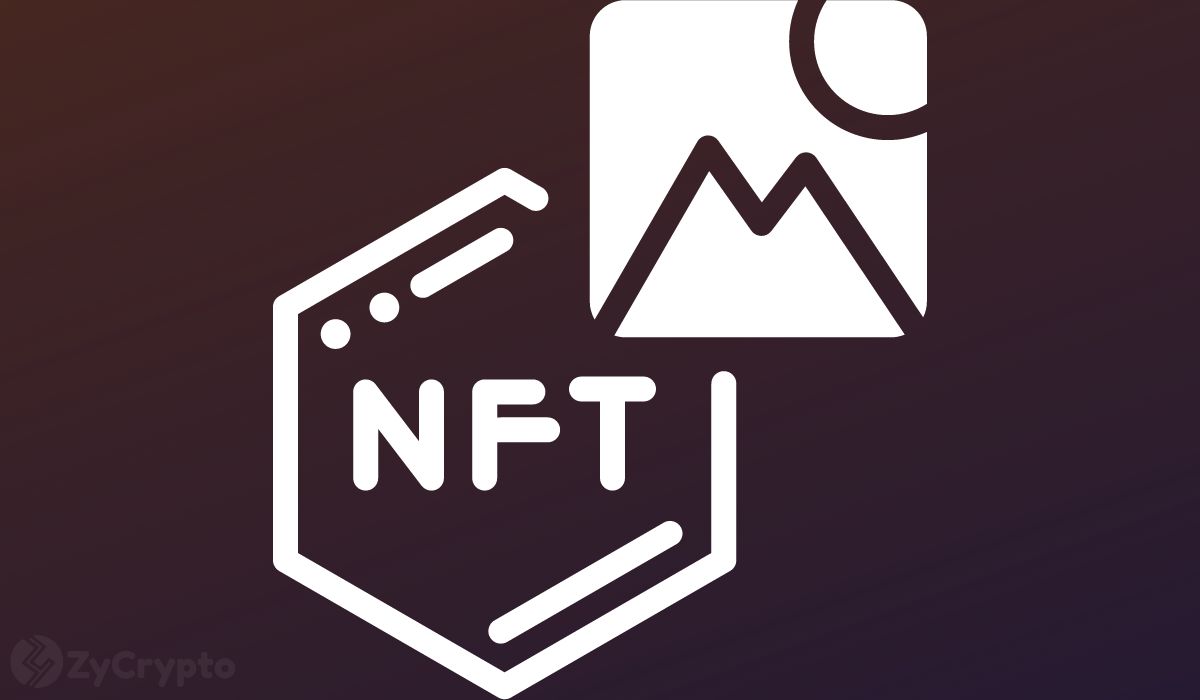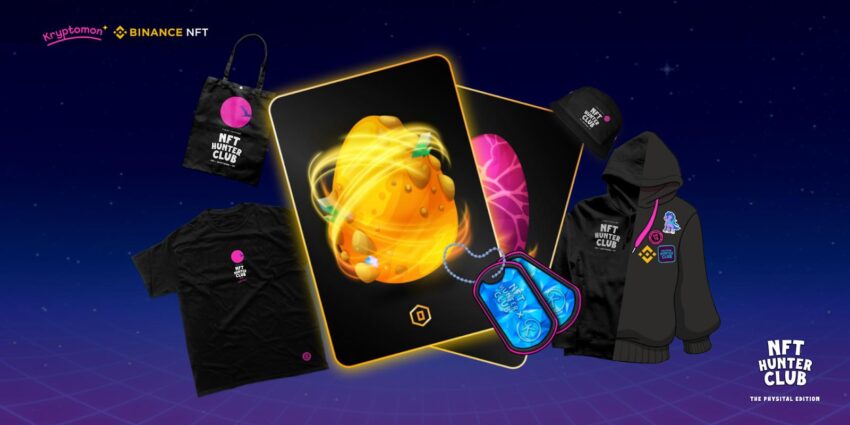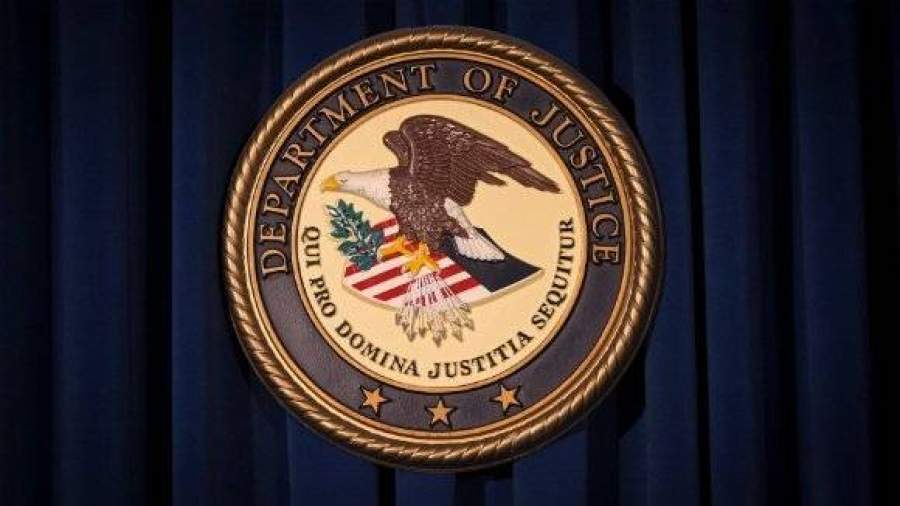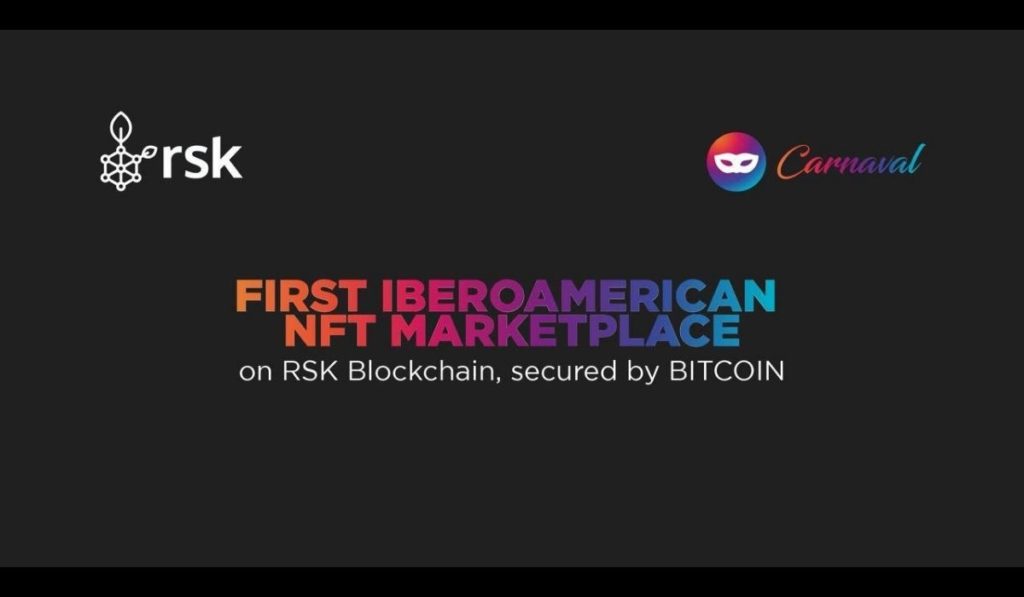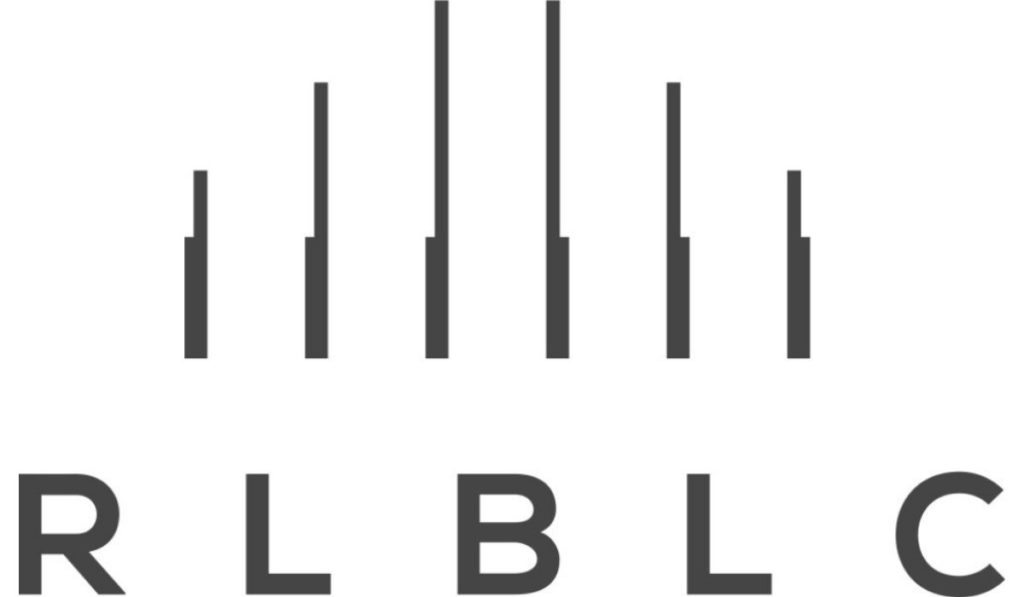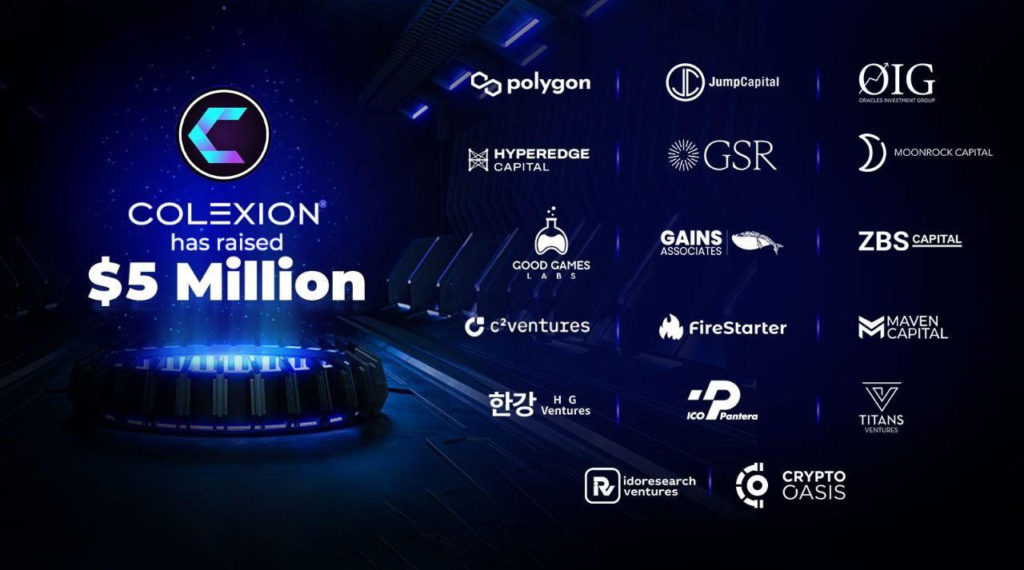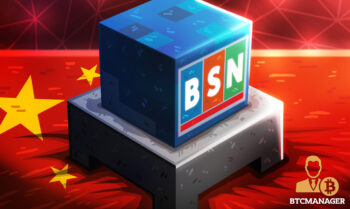2025-1-17 21:02 |
Have you ever wondered how digital collectibles can hold real value—or why a sports NFT might suddenly change based on live scores? That’s all thanks to the technology powering NFTs behind the scenes. While headlines often focus on the front-end excitement of high-priced sales, the real magic happens under the hood. In this article, we’ll explore the hidden layers of NFT infrastructure—oracles, wallets, and middleware—that keep NFTs secure, functional, and innovative.
NFTs and the Revolution of Digital OwnershipNFTs are unique digital assets that can represent ownership of just about anything—art, music, virtual real estate, real-life real estate, and even in-game assets. Unlike cryptocurrencies, each NFT has its own distinct value and cannot be swapped on a one-to-one basis with another token. This uniqueness is fueling a digital ownership revolution, letting creators and collectors buy, sell, and verify digital and physical items as never before.
Importance of NFT InfrastructureWithout strong infrastructure, NFTs would struggle to maintain their uniqueness and value. Think of NFT infrastructure as the plumbing system in a house. It might not be glamorous, but if something goes wrong, everything else falls apart. Whether you’re minting a new piece of art or transferring a collectible to another blockchain, reliable underpinnings keep your digital assets safe and accessible.
What Is NFT Infrastructure?NFT infrastructure is the set of technological tools and services that allow NFTs to run across various blockchains. It includes:
Oracles: For feeding accurate, real-world data (like market prices or sports results) into the blockchain. They act like bridges, pulling in data from outside sources (such as live sports results or crypto price feeds) and bringing it on-chain. Wallets: For storing and managing NFTs. They are digital or physical vaults where you keep your NFTs, similar to the way you might store cash in a physical wallet—except these are designed for digital assets. Middleware: For connecting different parts of the blockchain ecosystem so that everything works together. Middleware makes sure everything—from smart contracts to user interfaces—communicates without friction, so you don’t need to worry about the backend complexities. Oracles: Real-Time Data Feeds for NFTs Why Oracles Matter in the NFT Landscape Data IntegrityNFTs can’t exist in a vacuum. Many of them, especially dynamic NFTs, rely on changing data to remain relevant and valuable. For example, a digital trading card of a basketball player might update its image or stats based on real-world game performance. Oracles confirm that the data fed into the NFT is authentic and tamper-proof, so no one can manipulate stats or pricing behind the scenes.
Use Cases Dynamic Art NFTs: Artists can link their work to real-world events, such as the weather or stock market fluctuations. When the data changes, the NFT’s visual or audio elements update in real time. DeFi-Based NFTs: Financial NFTs might need to tap into current crypto prices or interest rates, both of which come from external sources. Oracles ensure this data is correct and delivered right away. Leading Oracle SolutionsChainlink
Overview: A decentralized oracle network designed to provide secure, tamper-proof data for complex smart contracts on various blockchains like Ethereum, BNB Chain, and Polygon. Notable Features: Highly reliable, thanks to a large network of node operators. Chainlink VRF (Verifiable Random Function) brings random, yet provably fair, elements to NFTs (for example, deciding who gets rare items in a mint). NFT Relevance: Many projects use Chainlink to ensure randomness in NFT drops or to update NFTs with real-world data.Band Protocol
Overview: A cross-chain data oracle platform that connects real-world data sources and APIs to smart contracts. Notable Features: Flexible options for projects that need custom data. Integrations across multiple blockchains, broadening its utility. NFT Relevance: Great for dynamic NFT updates—for instance, if you have an NFT that changes its appearance based on daily temperature readings.DIA (Decentralized Information Asset)
Overview: DIA is an open-source data and oracle platform designed for the DeFi ecosystem. Notable Features: Transparent, verifiable data feeds that can be audited by anyone. Straightforward integration for teams needing up-to-date info. NFT Relevance: Perfect for real-time data integration, enabling NFTs to reflect something happening right now—like your favorite gamer’s tournament progress. NFT Wallets: The Gateway to Secure Ownership Security and CustodyWhen you own an NFT, you typically control it through a private key—like a secret code that proves you’re the owner. Some wallets hold this private key for you (custodial wallets), while others let you keep complete control (non-custodial wallets). Choosing the right wallet depends on your comfort with managing security yourself or trusting a third-party service.
User Experience and AccessibilityNFT Wallets are like your personal hubs for all your digital collectibles. They let you buy, sell, and keep tabs on each token you own—almost like flipping through a photo album, but for NFTs. Many wallets also connect straight to NFT marketplaces, making it a breeze to browse for new treasures without ever leaving the app.
Popular NFT Wallets (Brief Overviews)Ledger Nano X
A hardware wallet that stores your NFTs offline, boosting security. Supports over 5,500 crypto assets and connects to mobile devices via Bluetooth. Ideal for users who want the highest level of protection against hacks.MetaMask
A software wallet available as a browser extension or mobile app. Primarily used for Ethereum-based NFTs, though it can also connect to networks like Binance Smart Chain and Polygon. Offers a friendly interface—newcomers often find it intuitive.ZenGo Wallet
A keyless, non-custodial wallet that uses Multi-Party Computation (MPC). In plain English, it splits up your secret key so you don’t have to memorize or store a complicated seed phrase yourself. Compatible with multiple blockchains, and even integrates with MetaMask for decentralized app (dApp) access. Designed to reduce the anxiety of losing your private key.Plus Wallet
A multi-currency wallet that lets you securely buy, store, and exchange crypto and NFTs. Features cross-chain functionality, so you can manage assets from different networks in one place. Plus Wallet includes a rewards program where users earn USDT for swaps and referrals.Phantom Wallet
A user-friendly, non-custodial wallet that started off supporting Solana but has since added Ethereum, Bitcoin, and Polygon. Phantom is known for its intuitive interface, making it easier to get started with NFTs across multiple networks. NFT Middleware: The Invisible GlueMiddleware is the invisible facilitator that makes sure different apps, blockchains, and platforms can talk to each other without any hiccups. Think of it like a friendly translator working behind the curtain—you don’t see it, but it’s constantly bridging the gaps so your NFT experience stays seamless and hassle-free.
NFT-Specific Middleware Functionalities Cross-Chain Bridging: Moving NFTs from one blockchain to another without hassle. Smart Contract Orchestration: Managing the interactions between different smart contracts—like handling royalty payments across multiple markets. Large-Scale NFT Drops: Simplifying the technical process of launching thousands of NFTs to a big audience all at once. Benefits of Robust MiddlewareA well-built middleware solution:
Improves User Experience: You get faster, more reliable transactions without worrying about chain compatibility. Enhances Scalability: As NFT projects grow, middleware helps handle bigger workloads. Boosts Interoperability: Ensures all the pieces—from your wallet to an oracle feed—connect smoothly, no matter the network. Building a Future-Proof NFT Ecosystem Scalability and InteroperabilityAs NFT adoption rises, so do transaction fees and network congestion. To tackle this, projects use layer-2 solutions (like Polygon or Arbitrum), sidechains, and cross-chain protocols. These help keep costs down and speeds up, ensuring NFTs remain accessible to everyone, not just big spenders.
Security Best Practices Secure Coding: Smart contract bugs can lead to stolen assets or other exploits, so thorough auditing is a must. Reputable Oracles and Wallets: Using trusted providers prevents data inaccuracies and theft. Personal Vigilance: Users should never share their private keys or seed phrases, and should always double-check URLs before connecting a wallet. Innovation in Dynamic NFTsLooking ahead, we’ll see more dynamic NFTs that integrate real-world data from oracles and complex interactions via middleware. Imagine an NFT ticket to a concert that updates automatically with weather info, showtimes, and seating charts. The possibilities for immersive experiences are nearly endless.
Final ThoughtsWith NFT Infrastructure, think of oracles as your reliable friend who keeps your NFTs updated with real-world events, making them feel more interactive and alive. Wallets are like personal vaults, blending convenient access with strong security to protect your digital treasures. Meanwhile, middleware is the silent connector, ensuring everything works smoothly across different blockchains and apps.
By grasping how these three pieces fit together, you’ll have a simpler, safer journey in the NFT space. The future looks even more exciting: as technology advances, NFTs will tap into more real-world data, bridge multiple chains, and create immersive experiences that reshape everything from art to gaming.
Editor’s note: Written with the assistance of AI – Edited and fact-checked by Jason Newey.
The post NFT Infrastructure: The Tech That Makes Them Tick appeared first on NFT News Today.
origin »NFT (NFT) на Currencies.ru
|
|


